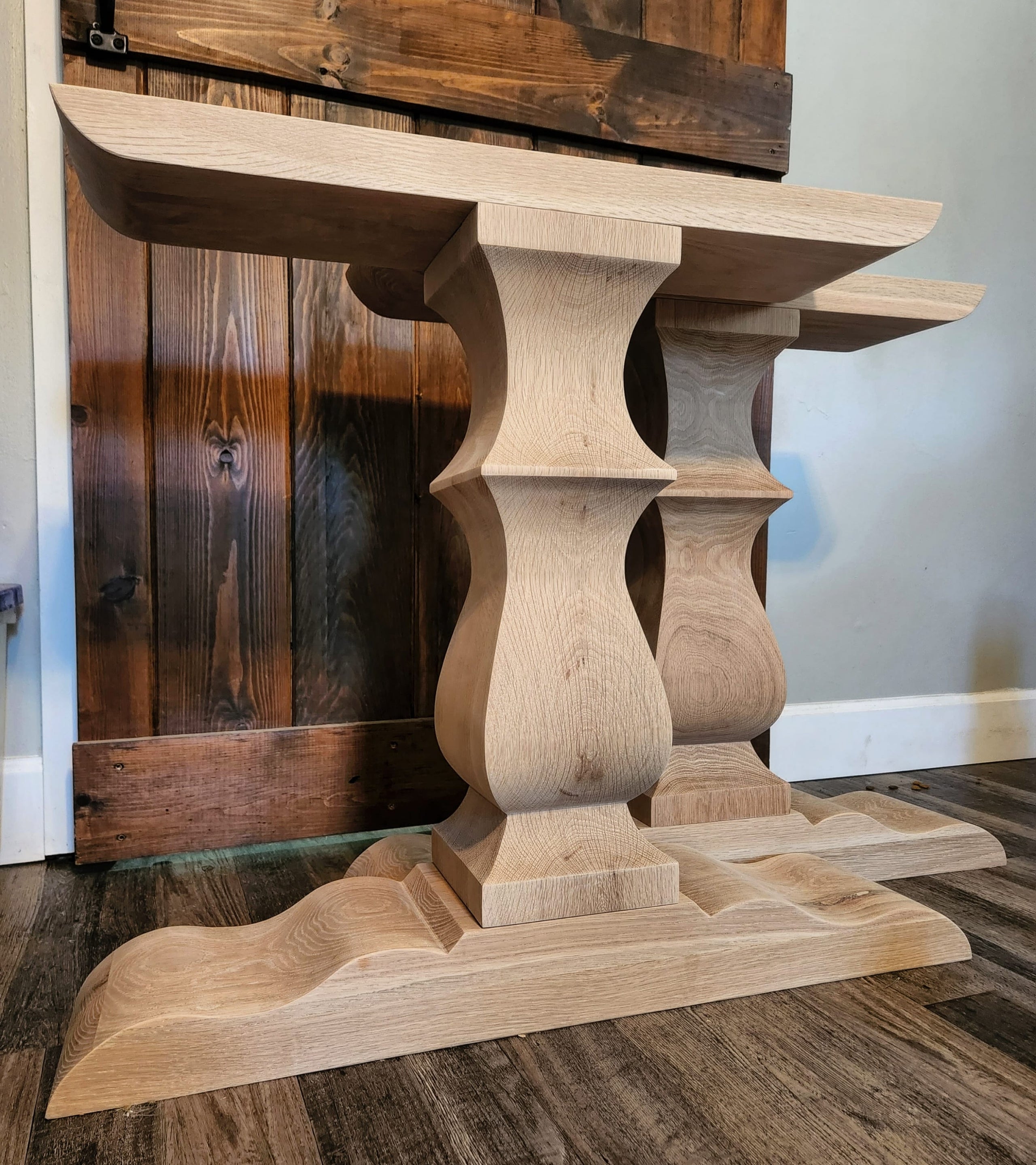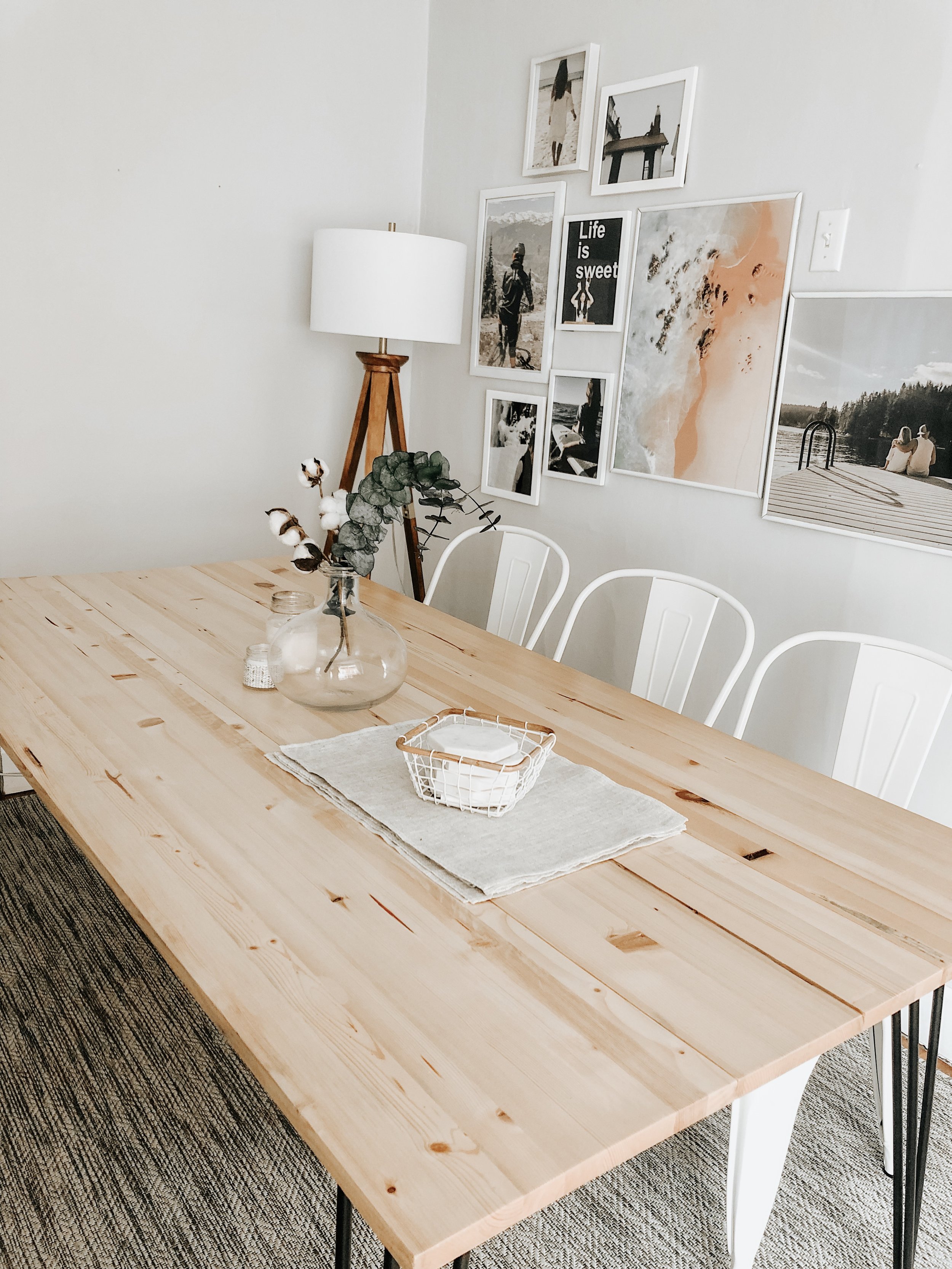Affordable and High-Quality Dining Room Table Legs for Every Budget
Affordable and High-Quality Dining Room Table Legs for Every Budget
Blog Article
From Typical to Modern: Discover the Suitable Dining-room Table Legs for Your Design
While timeless styles such as cabriole and turned legs evoke a feeling of classic elegance, contemporary styles like barrette and geometric options provide an opportunity for striking visual rate of interest. As you consider these elements, the concern continues to be: just how can you effortlessly incorporate these diverse leg styles to create a harmonious eating experience?
Recognizing Table Leg Styles
The range of eating space table leg styles can significantly influence both the appearances and functionality of the room. Each leg style contributes unique functional attributes and visual components, dealing with diverse layout choices and usage requirements. Understanding these styles is essential for choosing the appropriate eating table that lines up with your overall interior decoration vision.
For example, conical legs provide a clean, timeless look that can improve a space's beauty, while pedestal bases provide stability and take full advantage of legroom, making them suitable for smaller spaces. Hairpin legs, a hallmark of mid-century modern style, introduce a commercial panache, permitting a ventilated, open feel. Trestle legs evoke rustic appeal, supplying durable support and a feeling of eternity.
Additionally, the choice of products plays a significant duty. Wooden legs can bring heat and structure, whereas steel choices often convey a sleek, modern ambiance. Eventually, recognizing table leg styles is crucial for producing a cohesive dining location that reflects personal design while guaranteeing usefulness and comfort. By attentively taking into consideration these aspects, you can boost both the functional and visual charm of your eating space.
Traditional Table Leg Options
When choosing dining-room table legs, standard alternatives often symbolize timeless sophistication and craftsmanship. These styles mirror an abundant heritage and a dedication to high quality, making them suitable for those who appreciate classic appearances.
One of the most iconic conventional leg styles is the cabriole leg, identified by its stylish rounded shape. This style usually includes attractive makings and is most frequently located in Queen Anne and Chippendale furnishings. An additional popular option is the transformed leg, which flaunts a collection of smooth, rounded shapes that provide a classic look while maintaining security.
Additionally, the straight leg, while simple, uses a strong and unadorned framework that can mix effortlessly with a range of tabletop styles. For those drawn to ornate detailing, claw-and-ball feet legs evoke a feeling of splendour and can work as a sensational prime focus in any eating space.
Last but not least, stand bases, although not purely legs, offer an alternative traditional option that allows for ample legroom and can be beautifully sculpted. Each of these conventional leg styles adds to the total atmosphere of a dining-room, marrying feature with aesthetic charm.

Modern Table Leg Designs
Modern table leg styles offer a varied array of styles that stress innovative products and clean lines. These styles frequently focus on functionality while acting as striking focal factors within a dining room. Minimalist appearances are widespread, with legs crafted from materials such as steel, glass, and engineered wood, which add to a contemporary and airy feeling.
One popular style is the barrette leg, characterized by its slim, conical structure that supplies security without overwhelming the table top (dining room table legs). This style is typically located in mid-century modern furniture and can effortlessly enhance various dining table forms. Another trend is the usage of geometric shapes, where legs may handle asymmetrical or angular forms, including visual interest and a touch of creativity

Blending Styles for Special Rooms
Frequently, house owners look for to produce one-of-a-kind eating areas that show their personal design by mixing various design elements. This strategy permits the consolidation of diverse visual appeals, leading to a harmonious yet distinctive atmosphere. As an example, pairing a rustic wood table with smooth, contemporary moved here metal legs can develop a distinctive contrast that elevates the area's general appeal.
Furthermore, integrating vintage table legs with modern table tops can evoke a sense of history while keeping a modern perceptiveness. Such combinations not just showcase private taste yet also urge creativity, permitting homeowners to curate an area that really feels both personal and welcoming.
Shade plays a vital duty in this mixing procedure; selecting table legs that match or contrast with the existing color scheme can boost visual rate of interest. Whitewashed legs can soften the boldness of a dark table surface area, creating a balanced visual.
Tips for Choosing the Right Legs
Choosing the right table legs is essential for accomplishing both capability and aesthetic allure in your dining space. Begin by taking into consideration the total style of your space. Traditional settings profit from legs that include detailed carvings or turned styles, while modern spaces may require smooth, minimal designs.
Next, evaluate the elevation and security of the legs. dining room table legs. Typical dining tables range between 28 to 30 inches in height, so make sure the legs enhance this dimension for convenience. In addition, robust materials, such as hardwood or metal, can improve stability and durability
Assess the leg form as well-- options include straight, tapered, or pedestal styles. Straight legs supply a traditional look, while tapered legs can add a touch of beauty. Pedestal bases offer adequate legroom and are excellent for smaller sized rooms.
Verdict
In recap, picking the perfect dining room table legs requires mindful factor to consider of both typical and modern-day designs. Standard choices such as cabriole and turned legs use classic style, while modern-day styles like hairpin and geometric shapes offer a contemporary touch. By harmonizing leg style, elevation, and material with the overall decoration, a natural and welcoming environment can be accomplished. Ultimately, the chosen table legs must show the desired aesthetic, boosting the dining experience within the space.
The range click for more of eating space table leg designs can considerably affect both the aesthetics and capability of the space. Eventually, understanding table leg styles anchor is crucial for developing a natural eating location that shows personal design while guaranteeing functionality and comfort.One of the most legendary conventional leg styles is the cabriole leg, defined by its graceful bent shape. Straight legs offer a traditional appearance, while conical legs can include a touch of style.In summary, selecting the suitable dining space table legs calls for cautious factor to consider of both conventional and modern-day styles.
Report this page